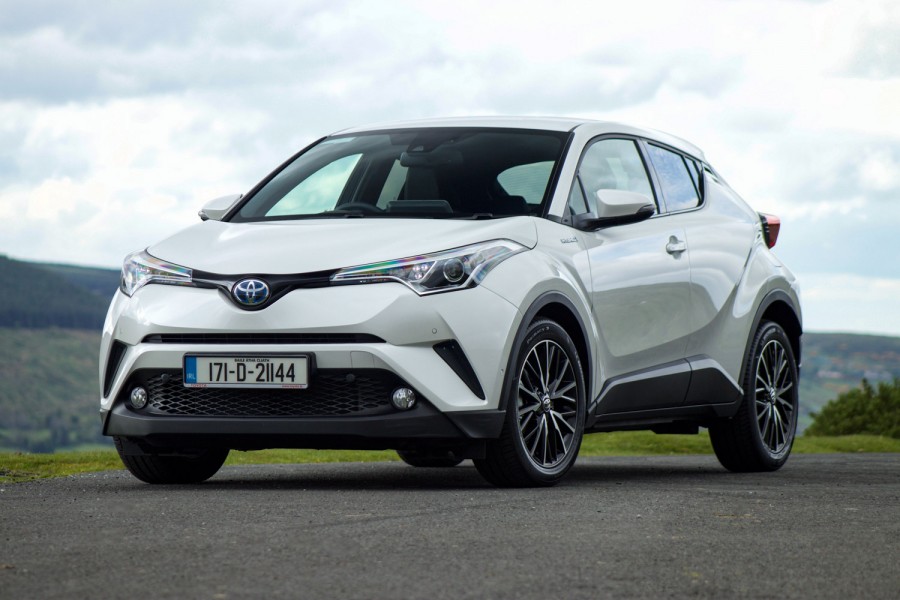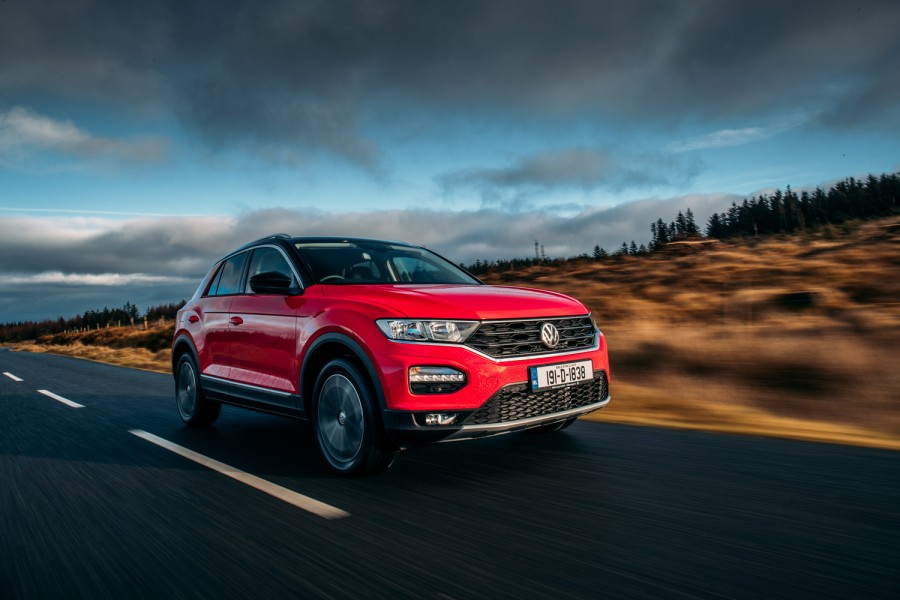Mazda, iconoclastic as ever, is powering through the modern dilemma over diesel by creating new, ultra-clean (so it claims anyway) oil burners. Ireland, unlike the UK, will actually get this new CX-30 diesel SUV, and it's well worth a look.
In the metal
We've already mentioned, in our review of the new Mazda CX-30 with the SkyActiv-X petrol engine, just what a good looking car the CX-30 SUV is, but it bears a little repetition here. While many of its rivals look either a little bland (Qashqai, Tucson) or a bit over-styled (C-HR, Sportage) the CX-30 treads a delicately thoughtful middle ground. Mazda describes its styling as 'beauty through subtraction.' By that, it means that the CX-30 is free from the heavy-handed detailing and lines of its rivals, and it looks all the better for it. A touch too close to the regular Mazda3 hatchback in its looks? Maybe so, but that's hardly an insult now is it?
The cabin is at least as good as the exterior. Mazda has given it a quiet sense of style, and the sort of quality that you'd expect from a premium brand. The stitched leather dash-roll is especially nice, and if the main dials are a little plain, then the excellent new Mazda Connect infotainment system makes up for that.
Space is only OK, though. Rear legroom is just about good enough for adult passengers, but the 430-litre boot is only competitive, and nothing more, within the bounds of the class. Growing families might find it a bit tight.
As for the engine, isn't diesel supposed to be dead? Well, not quite - although not in the majority anymore, Irish buyers still like diesel in significant numbers, hence why we get the oil-burning CX-30 for our market, while the UK misses out. On top of which, Mazda believes that diesel, with its low carbon emissions, still has a significant role to play. Indeed, so efficient is this new 1.8-litre diesel engine that Mazda's head of European R&D, Christian Schultze, told CompleteCar.ie that it meets the latest, stringent, Euro6D-Temp emissions regulations without the need for an AdBlue injection system.
Driving it
It doesn't seem like the most powerful diesel around, all the same. A peak power figure of 116hp from 1.8 litres seems a little weak, in fact, when rival 1.5 and 1.6-litre engines can get past the 120hp mark. The 270Nm of torque is also not what you'd call exciting, nor is a 10.8-second 0-100km/h time.
However, the diesel-engined CX-30 weighs a reasonably trim 1,400kg at the kerb, so performance is better than you might think. Not electrifying, certainly (indeed, the diesel CX-30 lacks the mild-hybrid assistance of its petrol brothers), but more than good enough for your average, daily driving. There's a touch of rattle at low speeds when the engine is warming up, and an odd hesitation in the power delivery when shifting into a higher gear, but that aside, this is a very pleasant, refined, engine to drive.
It's also hugely economical. On the new WLTP emissions and economy test, Mazda quotes 5.1 litres per 100km fuel consumption on average. Well, on our test, we managed to beat that - scoring 4.8 litres per 100km (58mpg) on a mixture of country roads, motorway and city traffic. That's hugely impressive, and shows you just what a good diesel engine can do in terms of running costs. It's a whole 11mpg, or 1.1 litres per 100km, better than we managed on the same journey in a CX-30 with the 122hp SkyActiv-G petrol engine.
Better still, despite the slight lack of power and torque relative to the opposition, the CX-30 is just delightful, and really quite sporty, to drive. The steering lacks for road feel, but it has lovely weighting, and the chassis has excellent poise. That's backed up by Mazda's G-Vectoring torque control system. This senses when you're turning into a corner and pulls back the engine's torque output for a fraction of a second, to transfer weight onto the outside front wheel. That gives better turn-in. The same system then adjusts the torque output as you steer through, helping to balance the car all the way through to corner exit. It's subtle stuff - I defy you to feel it working - but work it does; the CX-30 feels remarkably fluid and is good fun on a twisting road. That dynamic performance is helped by the six-speed manual gearbox, which, if a tiny bit long in the throw, changes gear with the tactility and sportiness we've come to expect from Mazda.
What you get for your money
No Irish prices yet, but we can make a couple of predictions. Mazdas are generally a little more expensive than most rivals, but usually come with better equipment as standard. Standard equipment will include a long list of safety kit, starting with active emergency braking, blind spot monitor, rear cross traffic alert, lane departure warning, lane keeping steering, traffic sign recognition, driver attention monitor and radar-guided cruise control.
Summary
How unfashionable is diesel? If you answered 'very' well, that's OK as Mazda has two petrol-engined versions of the CX-30 for you to try. If you answered 'not very' or 'don't care - I cover hundreds of kilometres every week' then this could be the CX-30 for you. It's not hugely powerful, but it's agile and fun to drive, and great to look at. Most of all, it's hugely economical.






























